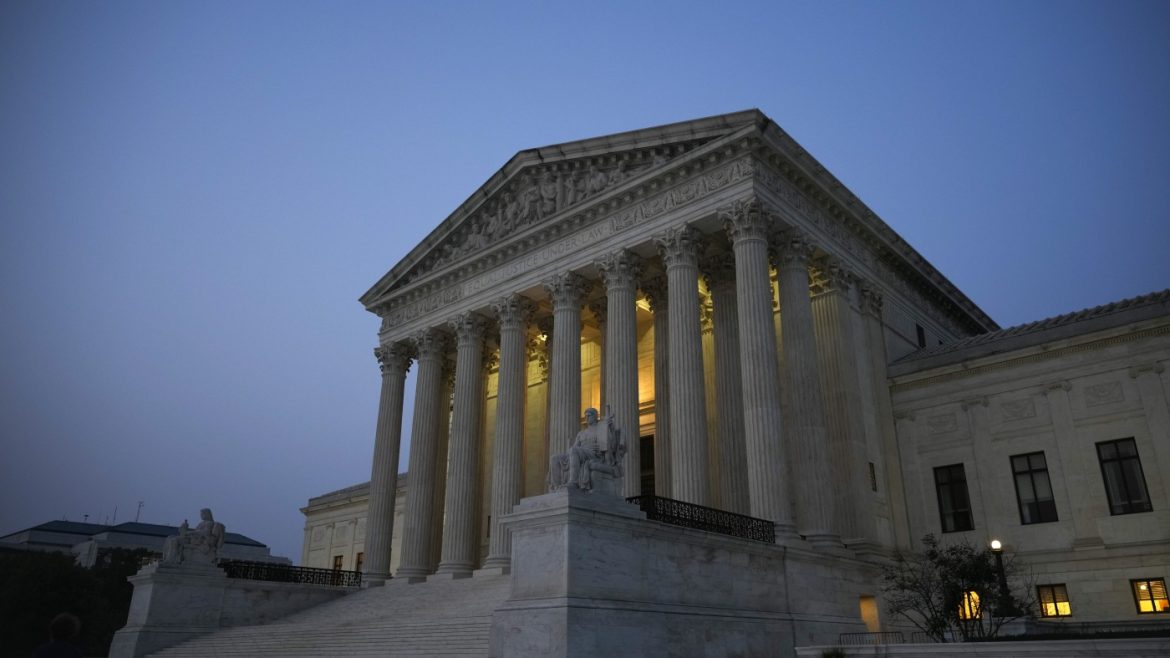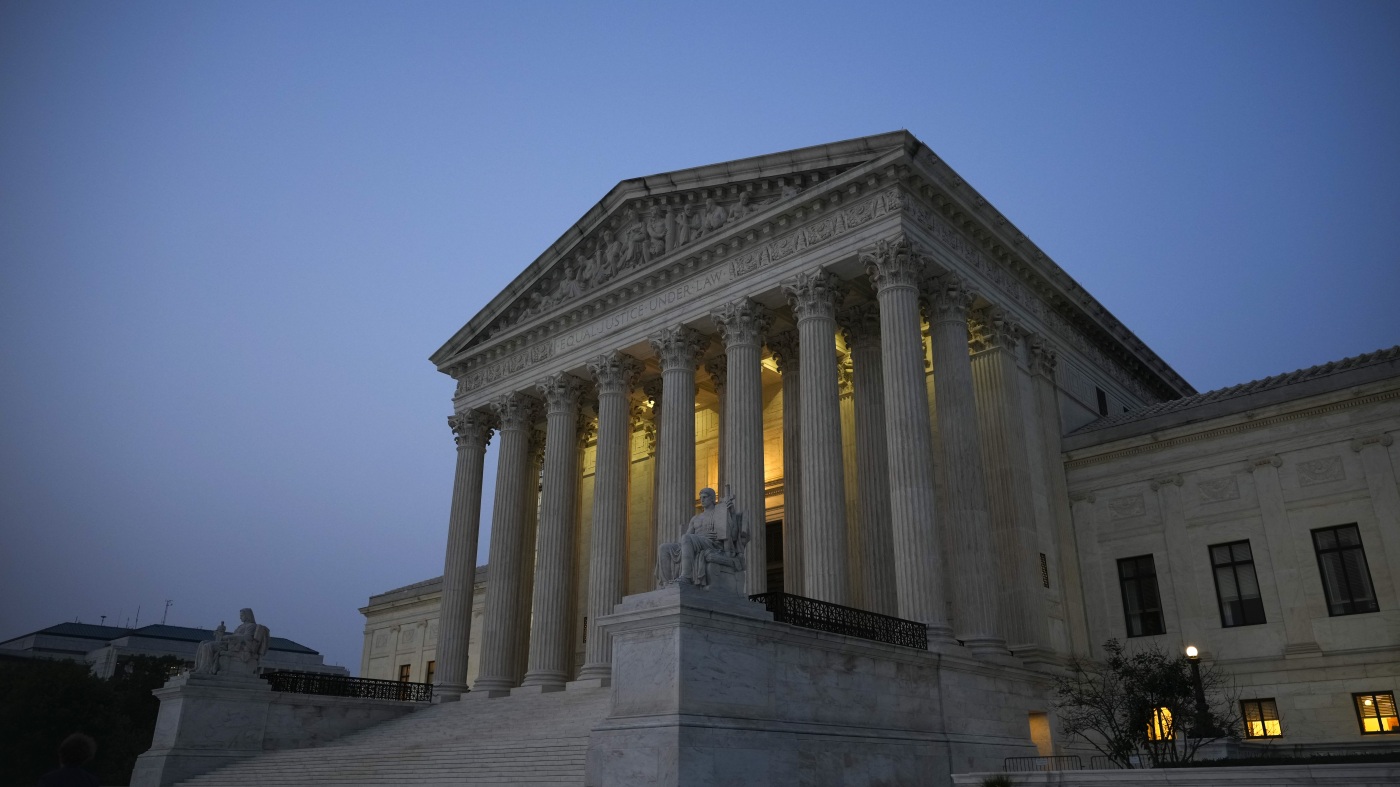Supreme Court’s Narrowing of Environmental Reviews: A Transformative Shift in Infrastructure Oversight
Recent rulings by the United States Supreme Court have decisively reshaped the scope and conduct of environmental impact reviews under the National Environmental Policy Act (NEPA), signaling a pivotal change for major infrastructure projects nationwide. This analysis elucidates the judicial developments, their legal and practical ramifications, and the broader implications for environmental regulation and infrastructure development.
—
Background: NEPA and Its Regulatory Role
Enacted in 1970, NEPA established a foundational environmental review framework requiring federal agencies to evaluate and disclose the potential environmental impacts of projects they approve, fund, or undertake. Traditionally, this has involved comprehensive Environmental Impact Statements (EIS) that consider direct, indirect, and cumulative effects of proposed infrastructure—from highways and pipelines to railways and energy facilities. NEPA reviews have played a central role in safeguarding ecosystems and public health while sometimes contributing to prolonged project timelines and regulatory complexity.
—
The Supreme Court’s Ruling: A Restriction on Review Scope
On June 27, the Supreme Court unanimously delivered an 8-0 decision in *Seven County Infrastructure Coalition v. Eagle County*, a case concerning an 88-mile Utah railway project intended to transport crude oil. The Court’s unanimous judgment established a crucial limitation: federal agencies must confine NEPA analyses to environmental effects that are closely tied to the immediate project and within the agency’s regulatory authority. Broader downstream or “chain reaction” impacts beyond the agency’s direct control no longer require consideration under NEPA.
Justice Brett Kavanaugh, writing for the Court, highlighted that while NEPA is procedural, it has been misapplied when courts have compelled agencies to consider speculative or remote environmental consequences. The ruling clarifies that agencies are not obligated to evaluate ancillary effects such as indirect pollution increases or market-driven expansion resulting from a project’s existence.
—
Rationale and Judicial Reasoning
The Court’s rationale rests on textual interpretation and the principle of administrative deference. It explicitly rejects a broader reading of NEPA that would impose expansive environmental assessments prone to delaying or blocking infrastructure. Instead, it emphasizes a narrower, more manageable review focused on effects “reasonably foreseeable” and “directly related” to the project.
This ruling responds to long-standing criticism that environmental reviews have created a “regulatory nightmare,” as characterized by former President Trump, who sought to expedite infrastructure development by limiting NEPA requirements—including capping environmental study length to 150 pages in some instances.
—
Consequences for Infrastructure and Environmental Regulation
Accelerated Project Approvals: By restricting the scope of environmental review, the Supreme Court’s decision is expected to hasten the approval processes for highways, bridges, pipelines, railways, wind farms, and other large-scale infrastructure projects. Federal agencies will have clearer boundaries for their environmental analyses, reducing litigation risks and procedural hurdles.
Reduced Judicial Interventions: The Court also curtailed judges’ authority to block projects on environmental grounds beyond the immediate impact area, encouraging courts to defer more routinely to agency determinations. This enhances regulatory certainty for developers and federal bodies.
Environmental and Climate Concerns: Critics fear the ruling undermines comprehensive environmental protection by excluding broader climate-related, downstream, and cumulative effects from mandated consideration. This raises concerns about the potential for increased environmental degradation and emissions overlooked in narrower reviews.
Policy and Legislative Context: The decision dovetails with congressional reforms aimed at streamlining NEPA reviews to facilitate national infrastructure goals. It forms part of a broader pivot under the current administration and past ones toward balancing environmental safeguards with economic and energy infrastructure development priorities.
—
Broader Implications and Future Outlook
This Supreme Court ruling marks a decisive moment in the intersection of environmental law and infrastructure policy. It recalibrates NEPA from an expansive safeguard to a more targeted procedural tool, shaping how future federal projects will be assessed and approved.
Agencies will now operate with a more confined mandate, potentially prioritizing expediency and project facilitation over comprehensive environmental inquiry. Environmental advocacy groups and states concerned about broader ecological impacts and climate change may seek legislative remedies or heightened scrutiny through alternative mechanisms.
Moreover, this decision may influence pending and forthcoming cases related to federal environmental regulations and the authority of agencies to enforce environmental standards — evidenced by ongoing debates around related laws like the “good neighbor” rule or energy regulatory frameworks.
—
Conclusion: A Watershed in Environmental Review and Infrastructure Development
The Supreme Court’s unanimous decision to limit the scope of NEPA environmental reviews represents a fundamental restructuring of federal environmental oversight for infrastructure projects, emphasizing immediacy and agency authority over expansive ecological considerations. By narrowing the breadth of environmental analyses to direct impacts, the ruling seeks to facilitate faster infrastructure development, reduce regulatory uncertainty, and curtail judicial overreach. However, it also raises significant questions about the comprehensiveness of environmental protection in the face of climate change and complex ecological interdependencies.
As federal agencies adapt to this new legal landscape, the challenges of balancing development with environmental stewardship remain acute. The ruling’s full impact will unfold in the coming years as agencies, courts, developers, and environmentalists navigate the transformed contours of environmental review under NEPA.


